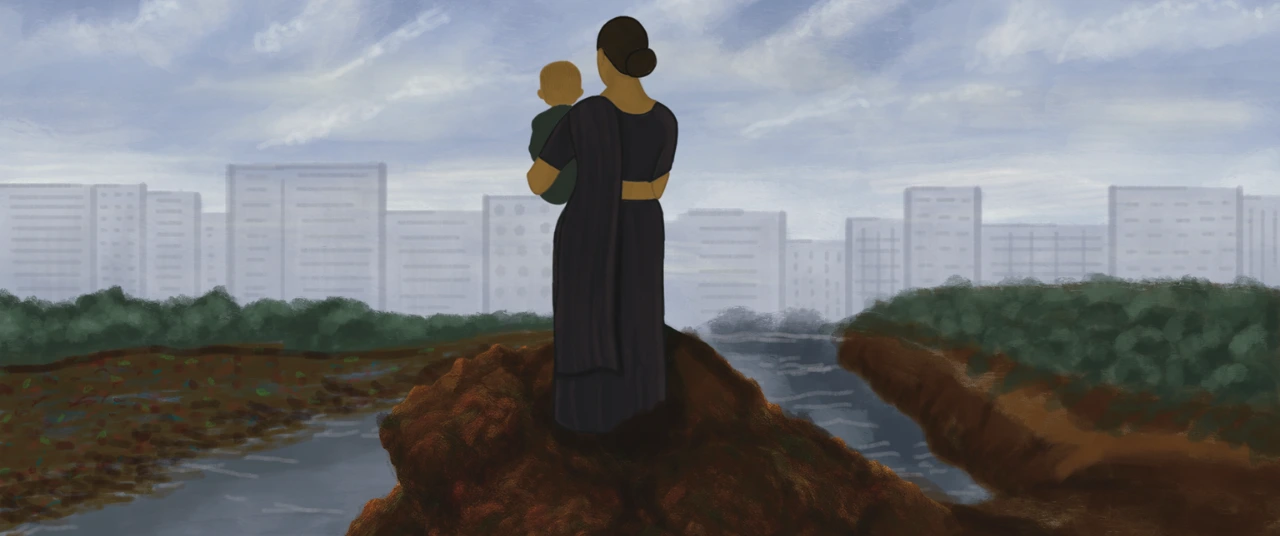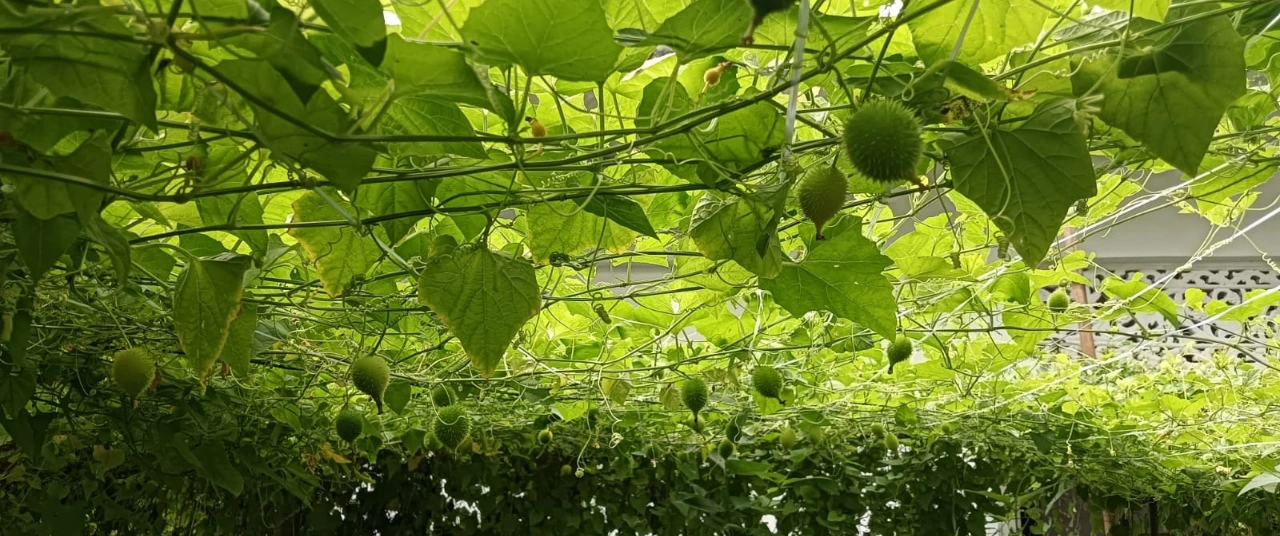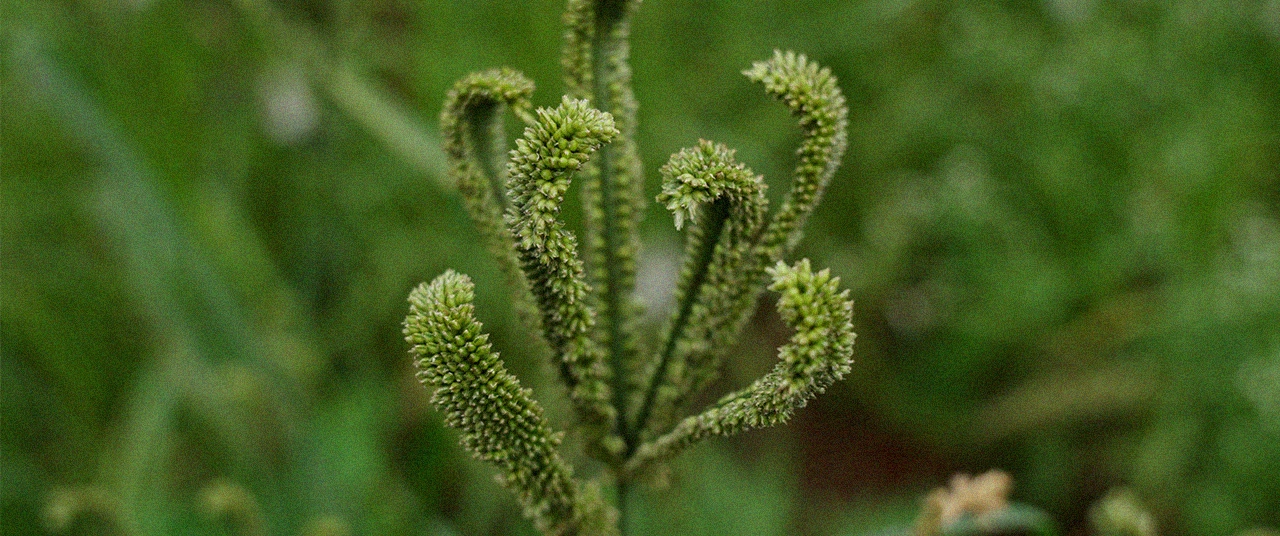At the heart of Jalgaon’s triumph is Phule Pride, a wind-resistant variety developed locally






The vast, green expanses of Maharashtra’s Jalgaon are a sight to behold. Here, more than 75,000 hectares are draped in banana plantations, securing the region’s reputation as India’s heartland for the fruit. But beneath these lush canopies, growers live with a constant sense of unease: every year, from February to June, roaring storms sweep in, their fierce winds toppling plantations, thrashing broad leaves, and causing devastation through the fields. For many, these storms do more than damage crops—they imperil lives and futures, sowing deep uncertainty among farming families.
The legacy of banana farming in Jalgaon goes back generations. It is a source of pride, learning, and continuity. “We are aware that the crop is fraught with risks, but we continue to grow banana because it runs in the family and we know it so well,” says third-generation grower Vaishali Patil, 46, of Dasnoor village in Raver taluka, who supplements banana cultivation with crops like groundnut, coconut, toor dal and Khapli wheat. “Every May, storms with winds up to 80 km/h devastate plantations,” she says. In 2006, winds flattened her 9-acre crop, resulting in losses of ₹15 lakh-₹20 lakh. Again, in 2015, 6 acres were destroyed, resulting in damages of nearly ₹10 lakhs.
The scale of devastation can be overwhelming. In June 2025, winds and rains ravaged over 3,000 hectares in talukas like Raver, Muktainagar and Chopda, causing losses exceeding ₹30 crore and disrupting the livelihoods of over 1,500 farmers in 93 villages.
This is not isolated; hailstorms, cyclones, and erratic weather cause losses worth crores annually. Despite repeated damage, thousands await compensation for losses dating back to 2019. The crisis deepened in May 2024 when a sudden storm flattened plantations across Raver, Muktainagar, and Bodwad. A three-day 2023 windstorm caused 30%-80% crop loss in affected areas. Delayed and inadequate compensation, despite government surveys, leaves farmers trapped in a cycle of loss without a sustainable safety net.
The introduction of G9
Imported from Israel to fuel commercial farming, the Grand Naine (G9) banana made its Indian debut in 1995. A high-yielding Cavendish variety with export appeal, it reshaped banana cultivation, particularly in Maharashtra, Tamil Nadu, and Andhra Pradesh, where farmers adopted tissue culture to scale up production. Tissue culture bananas are plants produced through micropropagation techniques in a laboratory setting, using small tissue samples from healthy mother plants. This method allows for rapid, large-scale multiplication of identical, disease-free plants under sterile conditions.
Before that, India’s banana basket brimmed with local diversity—varieties like Robusta, Rasthali, Poovan, Nendran, Red Banana, Monthan, and Safed Velchi, deeply rooted in regional soils and cuisines. With over 300 native types, these indigenous bananas still account for nearly half of India’s production, valued for their flavour, cultural importance, and resilience to local climates. Though Grand Naine dominates commercial plantations, traditional varieties continue to thrive in strongholds across Kerala, Tamil Nadu, Assam, Bihar, and the Northeast, preserving India’s legacy of banana diversity.
With over 300 native types, these indigenous bananas still account for nearly half of India’s production, valued for their flavour, cultural importance, and resilience to local climates.
There has been significant technological advancement with the introduction of tissue culture banana (TCB) plants of G9 , introduced by Jain Irrigation System (JLS) in the late 1980s, with the first commercial plant tissue culture laboratories established around 1987.
Jalgaon’s banana growers utilise both tissue-cultured plants and conventional suckers. TCB banana plants are disease-free, grow uniformly, mature earlier, and yield more compared to conventional suckers, which often carry diseases, show variable growth, and produce lower yields. However, there is a strong push toward TCB due to its economic and agronomic benefits, which are supported by government programmes, such as the National Horticulture Board’s Cluster Development Programme. A central sector scheme launched on May 31, 2021, it aims at the holistic growth and development of identified horticulture clusters to make them globally competitive. It promotes integrated and market-led development of pre-production, production, post-harvest, logistics, branding, and marketing activities in these clusters across India.
Yet, the exclusive use of TCB isn’t yet universal due to cost, infrastructure, and knowledge barriers. Challenges such as scorching temperatures, water scarcity, and intense solar radiation hinder plant establishment and survival.
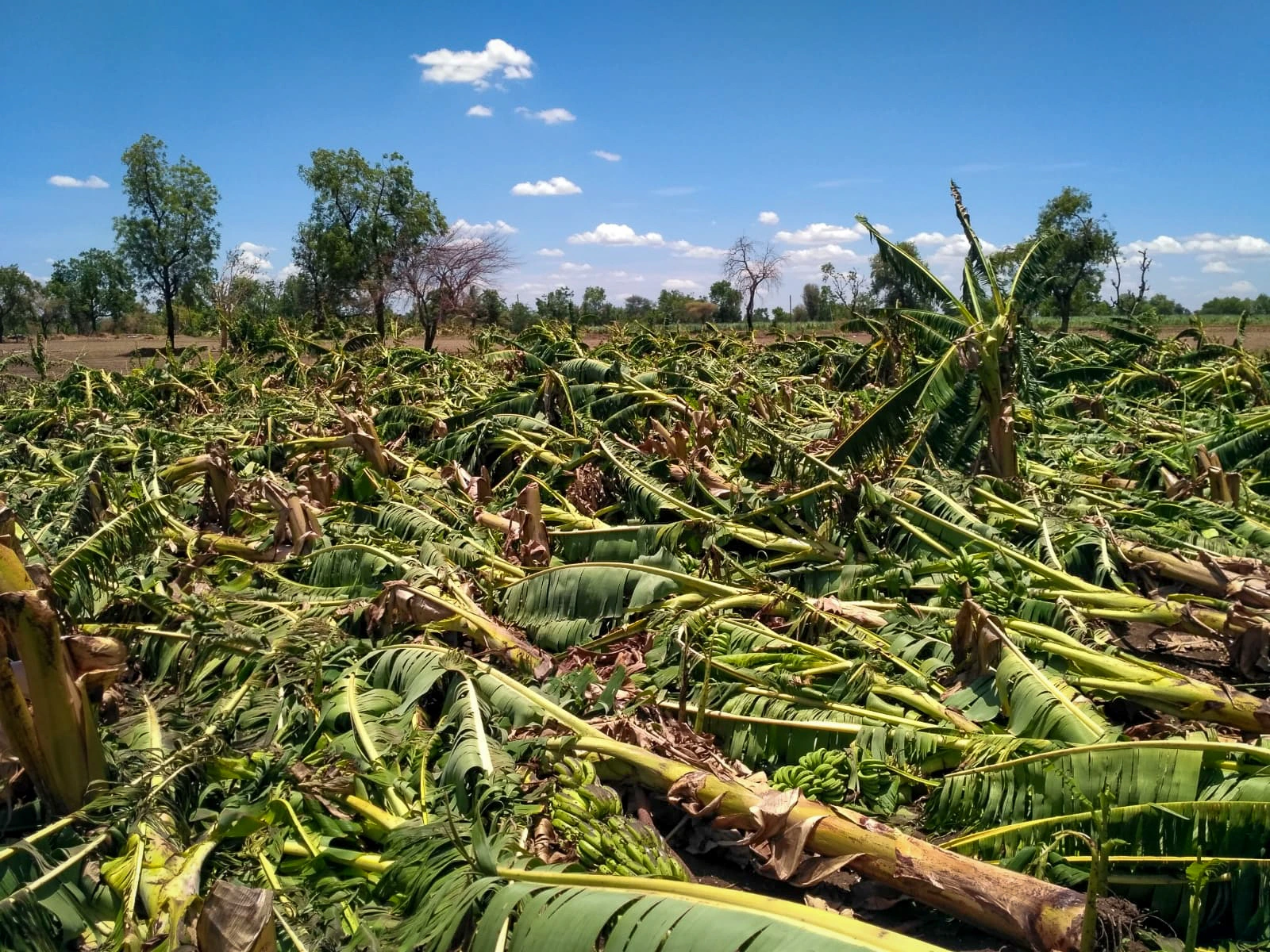
Also read: In the battle of Alphonso vs Kesar, climate change plays dirty
Jalgaon vs. South America: Two contrasting worlds
While bananas aren’t typically considered a coastal crop, they are cultivated in the coastal regions of Karnataka, Kerala, and Andhra Pradesh, unlike in Maharashtra, where cultivation is more inland, mostly near the Tapi river. The mineral-rich soils and water availability from the Tapi contribute to making the region highly suitable for banana farming.
In Jalgaon, banana farming is a testament to ingenuity and grit. Cultivators tend to small and mid-sized, often family-run plots where water is a precious resource. In contrast, banana cultivation in South America is conducted on a massive industrial scale, with multinational corporations managing plantations that span hundreds of hectares, primarily for export. The climate there is lush and tropical, with generous rainfall and naturally rich volcanic or alluvial soils, ideal for high-yield varieties like Cavendish. Traditional irrigation and heavy chemical use dominate these landscapes, though some regions are beginning to explore organic and agroforestry alternatives. While Jalgaon specialises in drought-tolerant varieties and moisture-conserving techniques, South America relies on natural abundance and corporate infrastructure.
In Jalgaon, banana farming is a testament to ingenuity and grit. Cultivators tend to small and mid-sized, often family-run plots where water is a precious resource.
Bananas from Jalgaon gained national and global fame primarily after the introduction of drip irrigation in 1989, which significantly boosted production and yield despite the region’s low rainfall. High-density planting helps conserve moisture, creating a humid microclimate that enables bananas to flourish even in dry conditions. Since then, Jalgaon has become the world's seventh-largest banana producer, known as the "Banana City of India," and its bananas are widely exported across India and internationally. The Jalgaon banana also received a Geographical Indication (GI) tag in 2016, giving it legal protection and unique identity, further boosting its status.
Its success is credited to these innovations, especially among the Gurjar and Leva Patil communities—migrant communities who have had a long-standing presence in the region.
Dr. B. K. Patil, who has worked with JIS for several decades now, has played a key role in advancing banana cultivation and tissue culture technology in India. Patil points to a key difference: “Banana cultivation in Jalgaon follows a non-perennial cycle, because after harvesting the main crop and one ratoon crop, yields and plant health decline, and disease risk increases, so farmers clear and replant the land to maintain productivity and sustainability.”
Also read: How lemon groves turned Manipur’s Kachai into a citrus empire
Farmer innovations and leadership
Wind poses a constant threat; with wide, sail-like leaves, banana plants are especially vulnerable—strong gusts can snap stems or topple entire clusters. Research at Jalgaon’s Banana Research Station shows storms reduce yields and increase vulnerability to disease. Vinod Borse has witnessed the destructive force of storms firsthand. A progressive farmer from Pichardi village and president of Shri Girnikat Shetkari Utpadak Sangh (an organisation that supports farmers by promoting collective action, sharing agricultural knowledge, and advocating for better market access and farming practices), he notes gusts often affect a 1.5-km radius, damaging plantations across several talukas.
To counter this, Borse pioneered innovations such as ratoon cropping, high-density planting (8x5 feet spacing), organic waste mulching, and advanced bunch management techniques, including covering, thinning, and denavelling (removing young male buds) in 2020. He uses a low-cost fertiliser schedule and other practical adaptations that enhance yield, fruit quality, and sustainability. Through workshops and digital platforms, he shares these methods widely.
With wide, sail-like leaves, banana plants are especially vulnerable—strong gusts can snap stems or topple entire clusters.
“When I first introduced 3-foot-wide raised beds between rows, with soil heights of one and two feet, people laughed,” Borse recalls. “But today, 20 farmers in my group have adopted the practice, which now covers 300 acres. It protects plants from strong winds and improves fruit quality.”
With expert guidance, Borse cultivates bananas in two cycles on his eight acres, achieving yields up to 30 tonnes per acre. His export-grade bananas fetch ₹18-₹29 per kg, attracting direct visits from traders. In 2023, he founded the Girana-Kath Farmers’ Producer Company, which consists of 300 members. Beside installing pack houses for farmers, he shares his innovations on his YouTube channel, ‘Experimental Farmer Vinod Borse’.
Premanand Hari Mahajan, a prominent farmer from Tandalwadi village, farms bananas on 50 of his 80 acres of land using drip irrigation, high-density planting (1,200-1,500 plants per acre), and tissue-cultured Grand Naine plants. These methods save 60%-70% water and yield among the highest in the world—about 53 tonnes per acre. Mahajan’s cultivation cost is ₹1.1 lakh–₹1.15 lakh per acre per season with good profit margins, selling bananas at around ₹500 per quintal. To protect against strong winds, he planted Nirgundi (Vitex negundo Linn.): nirgundi is grown primarily for its natural pest-repellent properties and as a bio-fence to protect banana crops from pests and diseases. It also helps in reducing soil erosion, improving biodiversity, and providing additional income through the sale of its leaves and medicinal extracts. Tellingly, Mahajan’s bananas have been exported to Iran and Iraq.
Resilience strategies
Dr Arun Bhosale, a horticulturist at Jalgaon’s Banana Research Station, recommends live fencing with tall species—such as Sesbania sesban—planted two metres from the banana rows. Shade nets offer additional protection, and a planting density of 1.5 x 1.5 metres reduces lodging and improves airflow.
In recent years, farmers have developed layered defences: windbreaks of bamboo, native trees, or permeable barriers, such as nets, reduce wind speed. In places without natural windbreaks, plastic sheets or mesh allow gentle airflow and prevent turbulence. Bamboo stakes tied in clusters support plants by distributing wind pressure, while ropes secure bunches to reduce swaying and uprooting. Plantation layouts shifted from long rows to block planting, sometimes with maize or other sturdy crops as buffers. Choosing sites near hills or forests adds resilience. Mobile weather alerts provide timely warnings.
In Jalgaon, many plantations face a hidden challenge: the hardpan, a compacted soil layer that restricts root growth and water movement. Vaibhav Suryawanshi, subject specialist at Jalgoan’s Krishi Vigyan Kendra, recommends subsoiling as an effective remedy. This deep tillage, done every 2-3 years, breaks through the hardpan without disturbing topsoil. “Subsoiling improves soil structure, boosts fertility, enhances drainage, and increases microbial activity,” he explains. “It also reduces erosion and waterlogging, leading to better crop yields and economic returns.”
Determination grows, as farmers move beyond helplessness to resilience, aiming to build strength into every new planting.
Socioeconomic challenges
Studies in 2017 revealed soaring production costs as the top challenge, followed by natural events, pests, and labour shortages. Traders and middlemen pressure margins further, increasing stress on households. Insurance coverage increased, with nearly 72,000 banana farmers in Jalgaon signing weather-linked crop insurance for 2024-25, according to the Economic Survey of Maharashtra 2024-25. However, compensation remains caught in bureaucratic delays, highlighting the need for systemic reform.
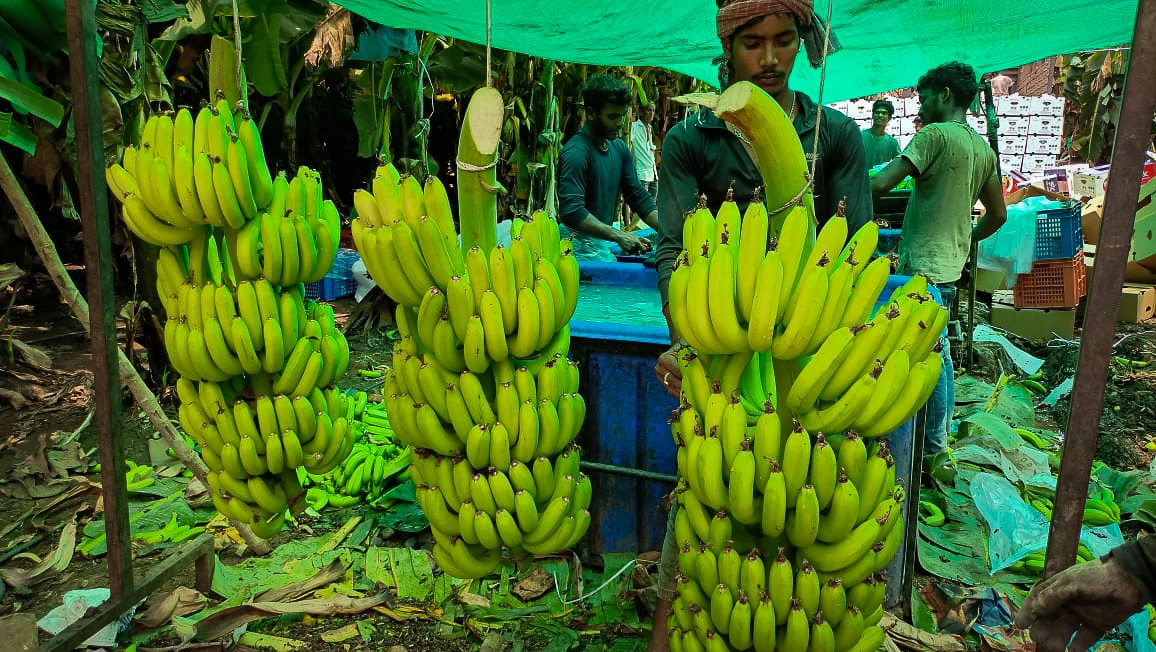
A 2023 study published in the International Journal of Research in Engineering, IT and Social Sciences states that economic shifts have made farming less attractive for the next generation; fewer families rely on it as their sole livelihood, and across the district, the educated sons and daughters of farmers are looking to cities or low-wage jobs for steadier pay. Still, most banana growers are university graduates, deeply invested in ancestral land, and many endure, working on small plots but earning more than ₹2.5 lakh a year. They persist against mounting climate uncertainty, rising costs, erratic markets, and bouts of crop disease and pest damage.
The way forward
For years, Suresh Patel, a farmer from the neighbouring district of Nandurbar, would watch in horror as up to 80% of his plantation was flattened in a single night. But everything changed in 2025, when Suresh embraced Phule Pride—a wind-resistant variety developed locally—and paired it with smarter farming practices. Using cluster staking, lines of bamboo as windbreaks, and mobile weather alerts from his cooperative, Patel not only preserved his crop during the March storms but also managed to harvest 20% more than before.
The Phule Pride variety was born out of seven years of research at the local Banana Research Centre and has been field-tested since 2018. Unlike its globally dominant parent Grand Naine, Phule Pride stands a little shorter, its stems thick and resolute. It doesn’t just survive wind—it thrives, shrugging off lodging, resisting the fatal fungal disease of Sigatoka leaf spot, and maturing almost a month earlier than rivals. Although its yield (98 tonnes per hectare) trails Grand Naine by a whisker (which averages 110 tonnes), Phule Pride promises a complete harvest; every bunch makes it to the market, and cultivation costs stay low. The result: higher net returns and a farm that’s storm-ready.
The Phule Pride variety was born out of seven years of research at the local Banana Research Centre and has been field-tested since 2018.
Since 2021, tissue culture labs in Maharashtra have been successfully meeting the growing demand for its saplings among farmers. Progressive young farmers like Hitesh Mahajan in Raver couple it with summer-savvy practices—mulching, reinforced pits, clever intercropping—to safeguard every plant through the most punishing months.
“From staggered planting to post-harvest innovation that transforms even rejected bananas into profit, we’re equipping farmers to not just grow more, but earn more. India must lead not only in production, but in global banana exports, with trained, organised growers capturing full value from every fruit,” emphasises Dr Patil.
A quiet transformation spreads across Khandesh. As intensive banana planting grows, farmers also sell tubers for extra income. The demand for high-yield seedlings now outpaces large-scale supply efforts for both Kandebag and Mrig Bahar seasons. Nearly half the district’s banana acreage is under intensive systems, double from a few years ago, signalling that Jalgaon’s moment as India’s banana capital continues. Modern varieties, smart agronomy, and community cooperation point the way ahead, even as challenges remain.
Also read: Syed Ghani Khan’s orchards guard mango treasures from Tipu Sultan’s reign
{{quiz}}
Explore other topics
References

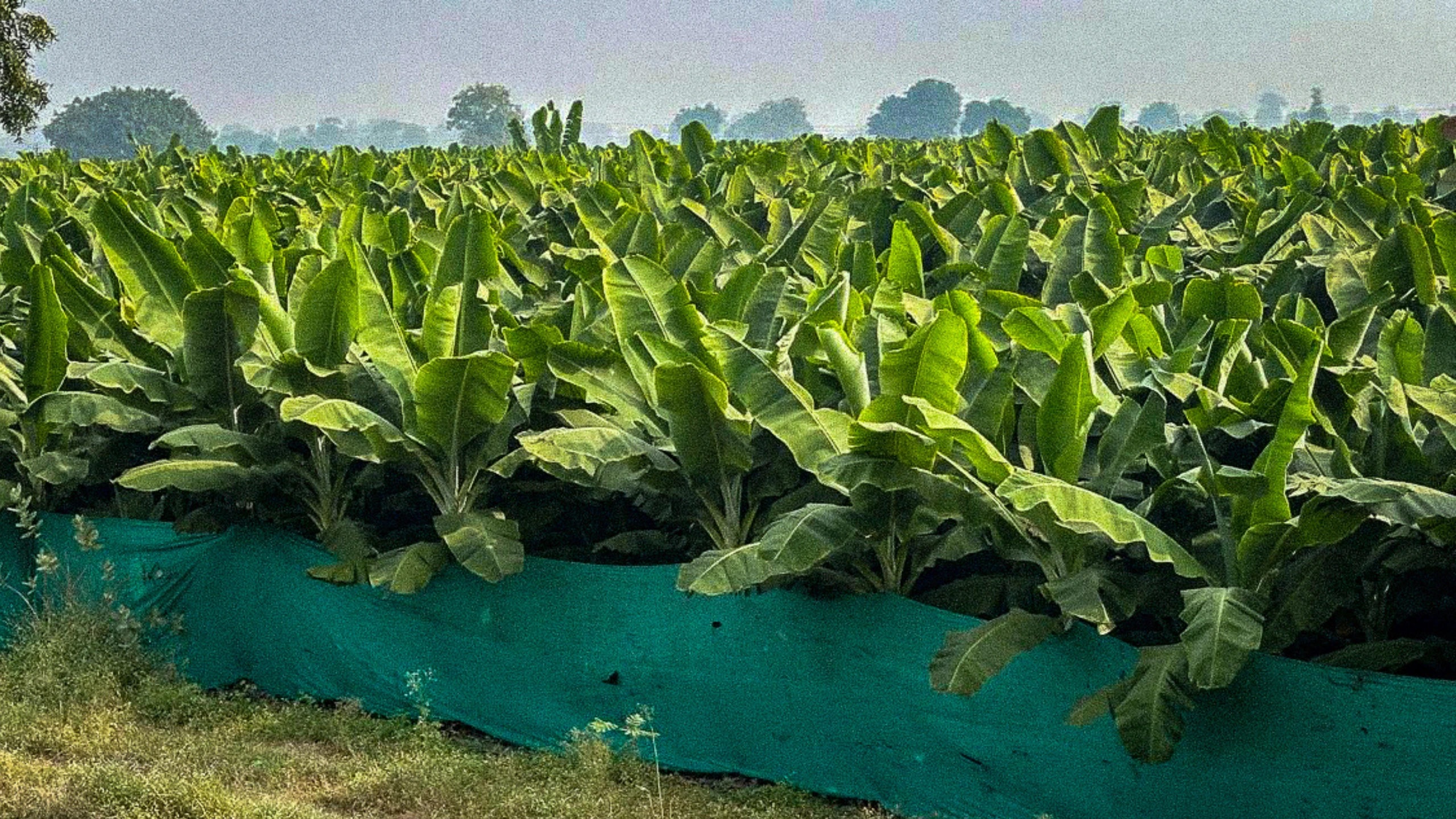
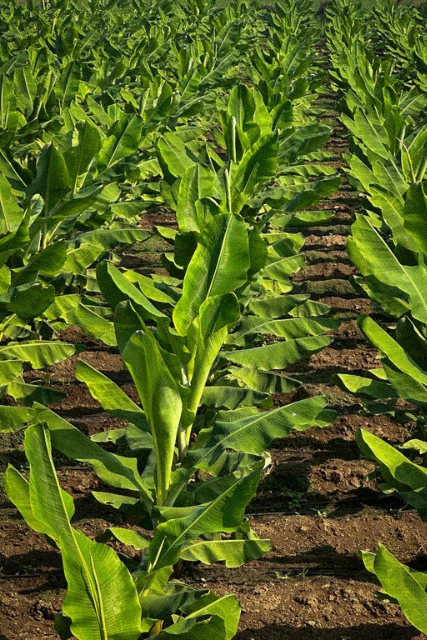

.avif)


